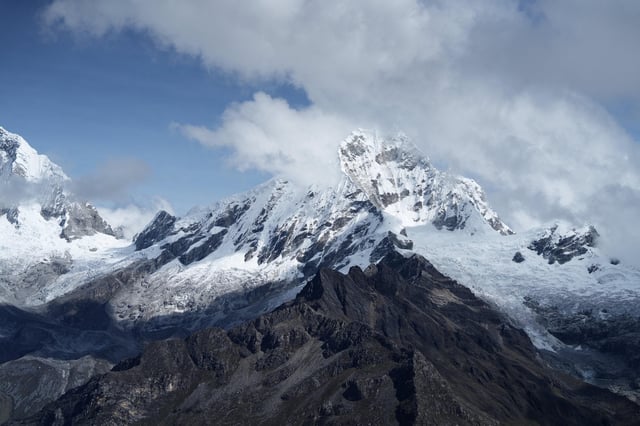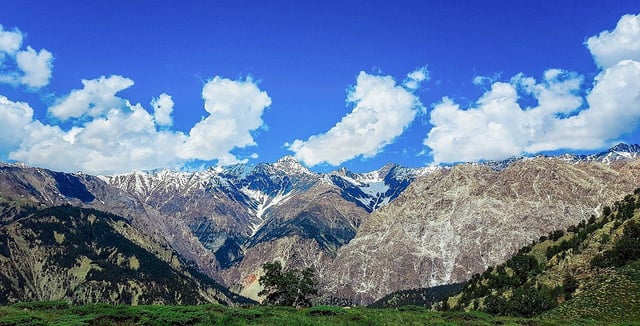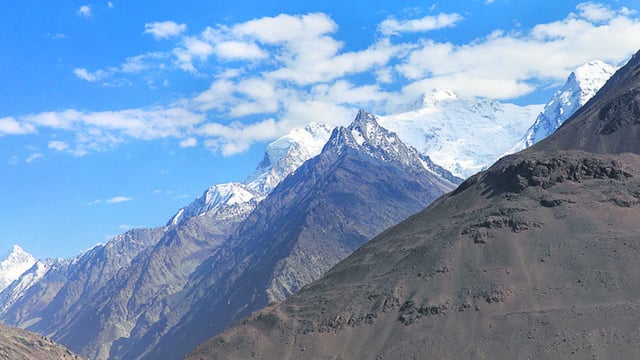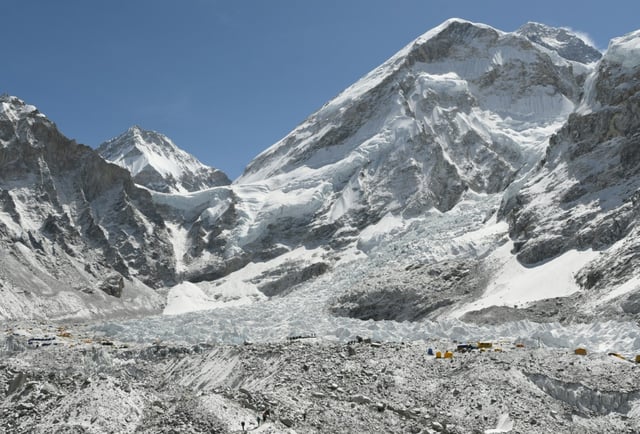Overview
- The Hindu Kush Himalayan region recorded a 23.6% below-normal snow persistence in 2025, the lowest in 23 years, according to ICIMOD's latest report.
- Snowmelt, which contributes about 23% of annual water flow in major river basins, is at risk, jeopardizing water availability during early summer for agriculture, hydropower, and drinking water.
- The Ganges and Brahmaputra basins saw snow persistence deficits of 24.1% and 27.9%, respectively, with the Mekong and Salween basins experiencing even sharper declines of 51.9% and 48.3%.
- Experts warn of reduced river flows, increased reliance on groundwater, and greater drought risks, particularly for vulnerable downstream communities already facing heatwaves.
- ICIMOD urges immediate adoption of science-based policies, regional cooperation, and improved water management systems to mitigate long-term impacts exacerbated by climate change.



